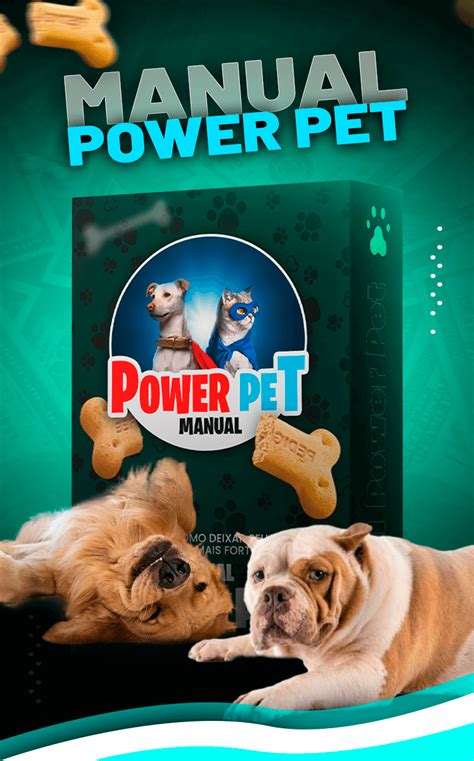Introduction
Pets have become an integral part of our lives, enriching our days with unconditional love and companionship. As responsible pet owners, it is crucial to understand their innate need for play and stimulation to ensure their physical, mental, and emotional well-being. This article delves into the fascinating world of pet play and stimulation, exploring its multifaceted benefits while unraveling the key differences between the two concepts.

Play VS Stimulation: Unraveling the Distinction
Play refers to voluntary, self-initiated activities that pets engage in for enjoyment and recreation. These playful behaviors have significant benefits on their cognitive function, social development, and overall health. Common examples include chasing toys, wrestling with other pets, or exploring their surroundings.
Contrarily, stimulation encompasses external activities that provide sensory input and promote learning and growth. While play fosters intrinsic motivation, stimulation involves providing pets with purposeful opportunities to engage their senses and cognitive abilities. Activities such as training sessions, puzzle toys, or interactive walks are examples of stimulation.
Embracing the Importance of Play
The benefits of play for pets are undeniable. According to the American Veterinary Medical Association (AVMA), regular play:
- Enhances cognitive function: Play stimulates brain activity, improving memory, problem-solving abilities, and overall intelligence.
- Promotes socialization: Play among pets or with owners fosters social bonds, encourages empathy, and reduces anxiety.
- Improves physical health: Play provides exercise, builds strength, and enhances coordination. It also contributes to weight management and reduces the risk of obesity.
Unleashing the Power of Stimulation
Stimulation plays an equally vital role in the development and well-being of pets. The Association of Professional Dog Trainers (APDT) highlights several key advantages:
- Cognitive enrichment: Stimulation engages pets’ senses and cognitive abilities, fostering learning, problem-solving, and decision-making skills.
- Reduces boredom: Providing pets with stimulating activities helps prevent boredom, which can lead to destructive behaviors or separation anxiety.
- Improves adaptability: Pets exposed to various forms of stimulation are better equipped to adjust to changes in their environment and cope with stressful situations.
Crafting a Balanced Approach
While both play and stimulation are essential for pets, finding the right balance is crucial. Excessive play can lead to exhaustion, while inadequate stimulation can result in boredom or behavioral issues. The ideal approach involves incorporating a combination of both activities into their daily routine.
How to Integrate Play and Stimulation
Integrating play and stimulation into your pet’s life can be a rewarding experience. Here are some practical tips:
- Establish a regular play schedule: Dedicate specific times each day for interactive play sessions with your pet.
- Choose appropriate toys: Select toys that are age-appropriate, durable, and stimulate different senses. Rotating toys regularly prevents boredom.
- Create a stimulating environment: Provide pets with plenty of safe and interactive toys, such as puzzle feeders, chew toys, or climbing structures.
- Engage in training sessions: Training not only provides stimulation but also strengthens the bond between pet and owner.
- Explore enrichment activities: Consider activities such as agility courses, swimming, or interactive walks to provide variety and cognitive challenges.
Case Study: Enhancing Pet Stimulation through Technology
The advent of technology has revolutionized the way we care for our pets. Smart toys, interactive feeders, and motion-activated cameras provide innovative ways to enhance pet stimulation. For example, the PetCube Play 2 camera features laser games, treat dispensers, and video calling, allowing owners to interact with their pets remotely.
Market Insights and Future Trends
The global pet care industry is projected to surpass $300 billion by 2025. Within this growing market, demand for play and stimulation products and services is expected to surge. Market research indicates that consumers increasingly prioritize innovative solutions that enhance their pets’ quality of life.
Future trends in the pet play and stimulation landscape include:
- Personalization: Customizing play and stimulation experiences based on each pet’s individual needs and preferences.
- Smart connectivity: Integrating Bluetooth and Wi-Fi capabilities into pet toys and accessories for remote monitoring and automated interaction.
- Sensory immersion: Developing toys and experiences that engage multiple senses simultaneously, providing holistic stimulation.
- Data analytics: Utilizing behavior-tracking apps and other data to tailor play and stimulation strategies for optimal pet well-being.
Conclusion
Pet play and stimulation are fundamental aspects of responsible pet ownership, contributing significantly to their physical, mental, and emotional health. By understanding the differences between play and stimulation, incorporating a balanced approach, and exploring innovative technologies, we can unlock the full potential of these activities. As the future unfolds, we can expect continued advancements in pet play and stimulation, providing our furry companions with enriched and fulfilling lives.





















